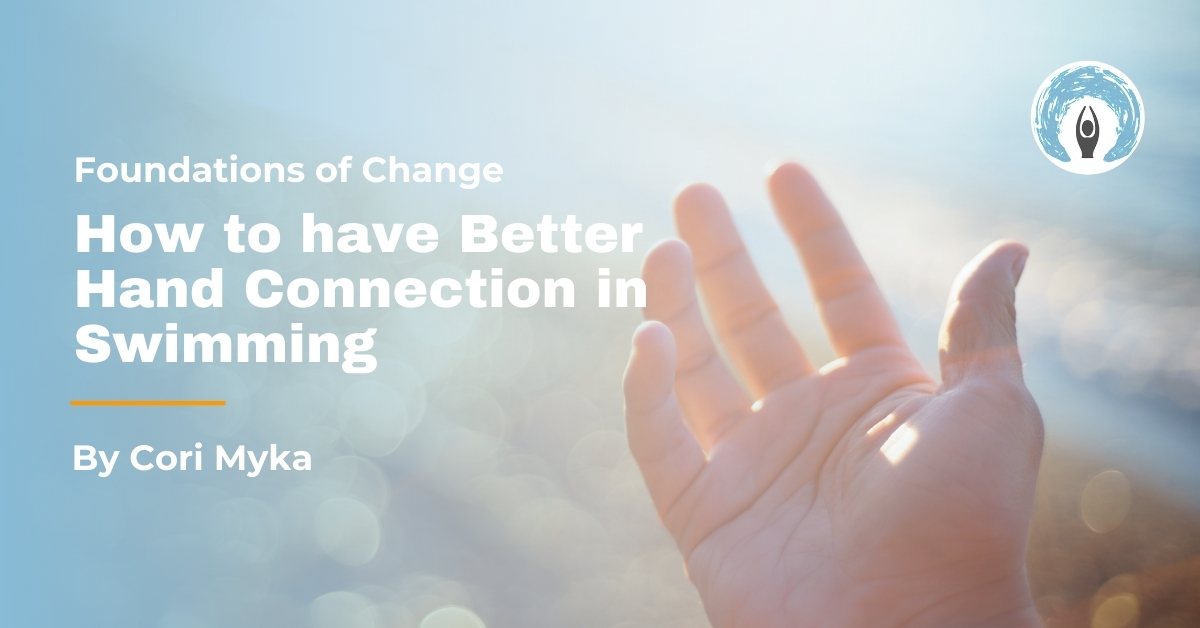
Picture this: when you put your hands on the armrests of a chair to stand up, what part do you use?
Your palm, right? So simple. You connect your flat palm onto the surface and then push.
This is also how it works in swimming. So why do we see people use the side, back, or even cupped hands? This is because they are not connected to the feeling in their hands.
Feeling that sensation is key to learning the physical skills of swimming. Connecting to this feeling is often missed because our emotions block the connection.
Emotions are generated by thoughts like:
- I want to get it right
- I don’t really know what I’m supposed to do
- Someone needs to tell me what to do
- I can’t get this
Any of these thoughts can produce anxiety or a lack of confidence and trust in the process.
These emotions do not leave very much space to be curious about the sensation in the hands.
What thoughts or frame of mind would you need in order to be curious, attentive, or ready for discovery?
When you want to learn, start at the top with your thoughts and beliefs. This drives every action.
Jump-In Membership
If you’re like many adults, you’ve been frustrated or embarrassed that you weren’t free to swim “like everybody else.” Half of adults can’t swim, like you! We meet them all the time. They’ve tried every system, including the traditional programs, with no success.
Since 1999, we’ve helped hundreds of adults overcome their fear and discomfort in water with our proven system built on the Jump-In Membership. Our Jump-In program uses the nuts and bolts of mindfulness to address the root of the problem and will transform the way you feel and think about water for the rest of your life.



